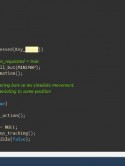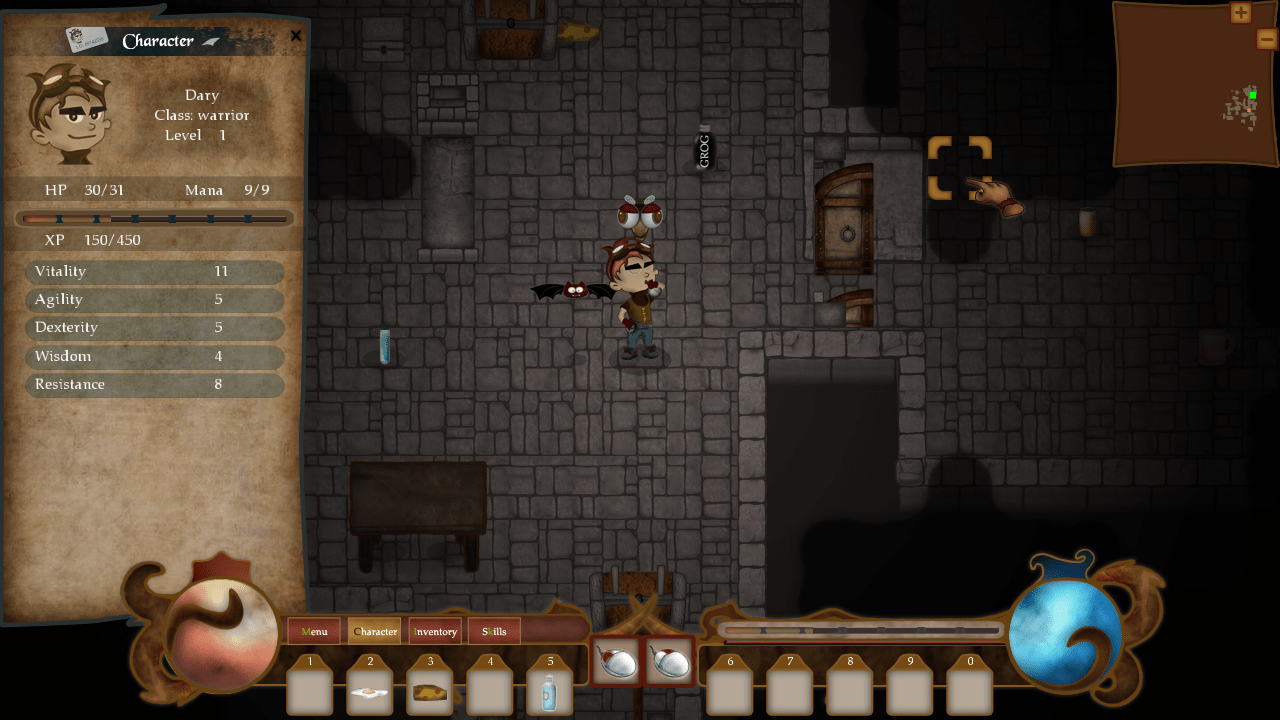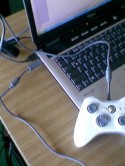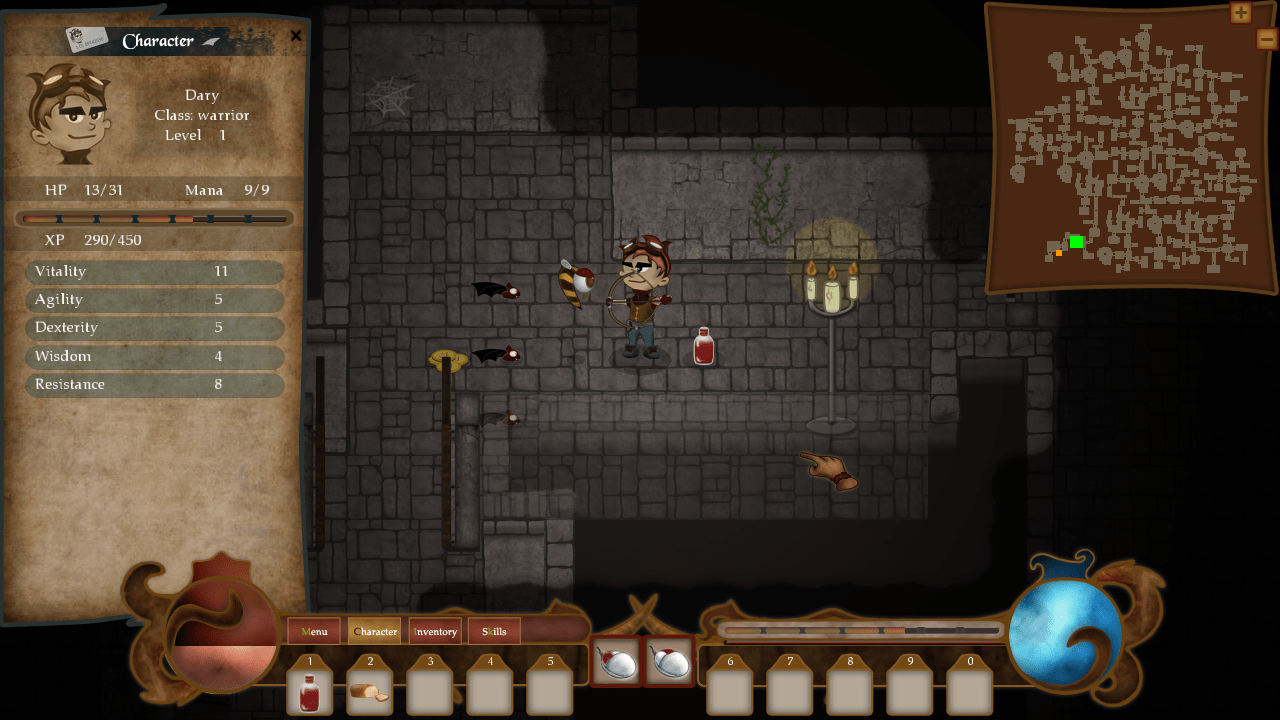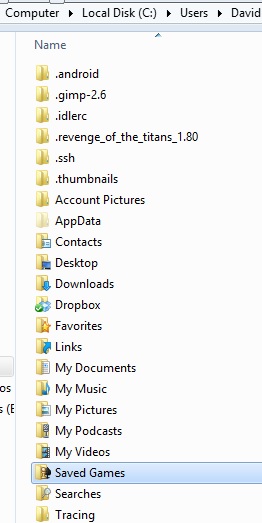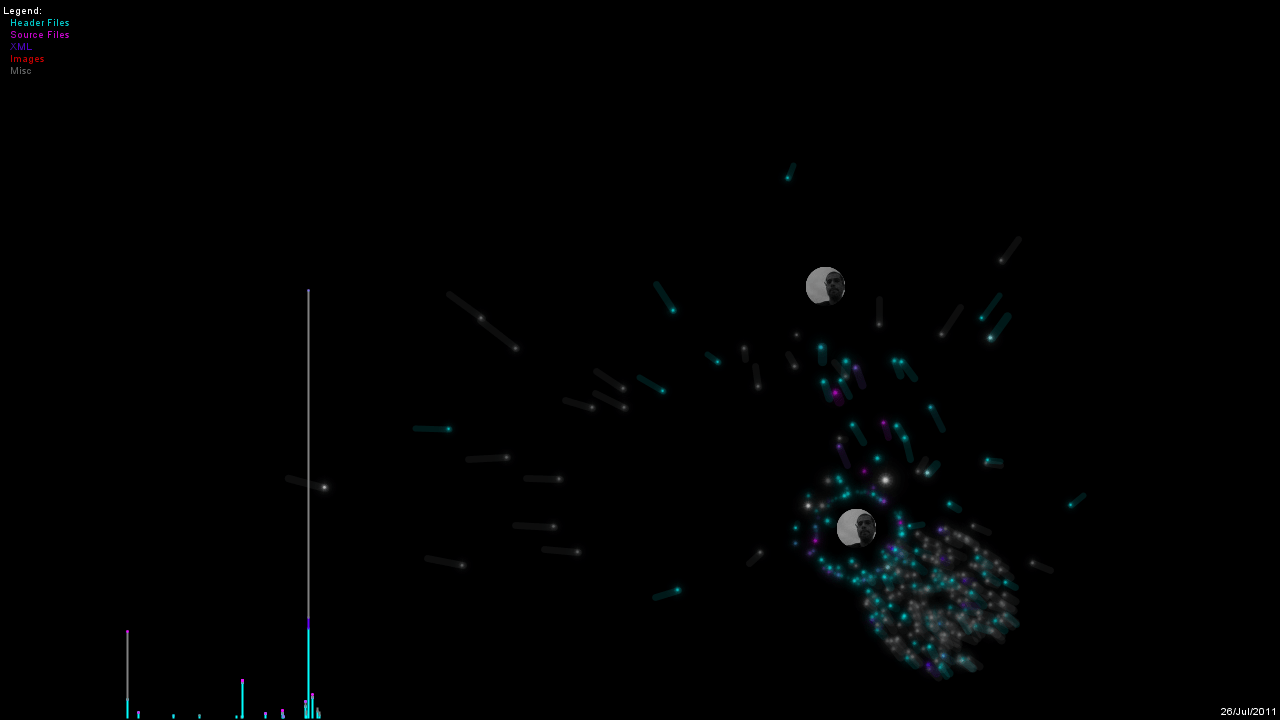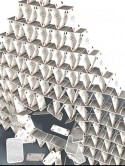
Gamedev is like a house of cards
It all starts so pretty isn’t it? A clean project, a quick prototype, it works! It’s beautiful. Now it’s time to add more features, everything is planned out, all cogs have a place to be, it goes smoothly for a while. Now you realize other small components are needed, no problem, let’s make them… Eventually you do need to plug them into the game itself, and that’s when the problems start, most of the other stuff wasn’t built considering these new components. Will they break? ...
